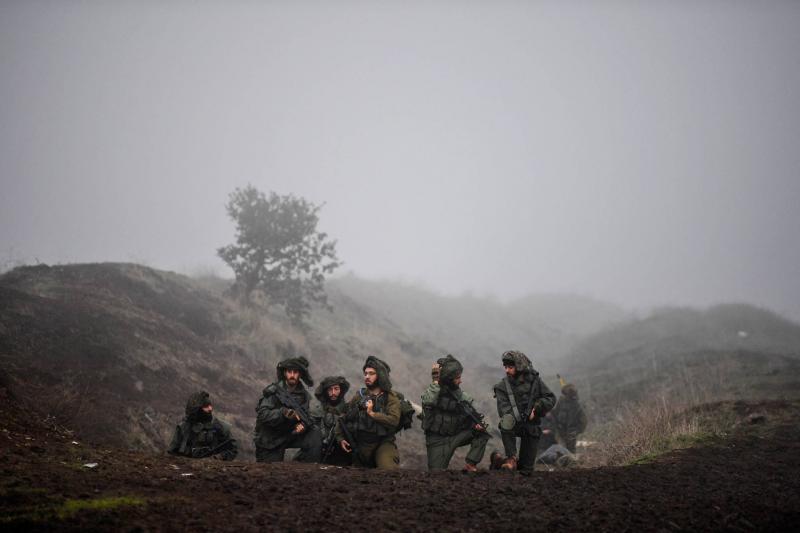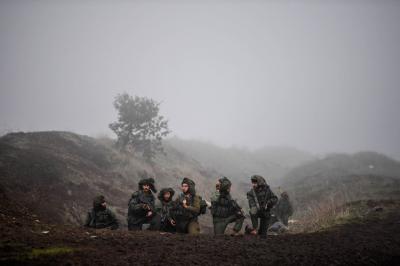For Israeli soldiers stationed along the northern border shared with Lebanon, the government’s strategy to avoid a full-scale war with Hezbollah, located just a few hundred meters away, is embodied in the pages of a 68-year-old training manual. Lieutenant Colonel Dotan Razili, commander of one of the brigades along the northern frontline, noted that the "Rifle Manual," first issued in 1956 and hastily reprinted following the mass mobilization after Hamas’s attack on southern Israel on October 7, teaches soldiers old methods of static defense. He told reporters at the Hanita settlement, "The Israeli army is usually an offensive force. We take the initiative." Hanita is one of the settlements evacuated along the northern border in the days following the attack and is now deserted.
He continued, holding a worn copy of the manual in his hand, "We had to teach the units how to initiate defense." The book, one of the army's first training guides, is used to instruct soldiers and junior officers who are more accustomed to modern, high-tech warfare in old infantry techniques such as how to dig trenches that can be occupied for weeks. Razili stated, "We improved in that because we trained, moved our forces, and built sites, and we are more prepared."
### Ongoing Engagement
The duration of the ongoing engagement remains uncertain. The exchange of anti-tank missiles, mortar shells, airstrikes, and machine-gun fire has reached levels that, at other times, would have prompted both sides to respond much more violently. Approximately 140 Hezbollah fighters backed by Iran have been killed, along with at least 25 Lebanese civilians, while nine soldiers and at least one civilian on the Israeli side have died during the escalating conflict over the past few weeks.
Tens of thousands have been evacuated on both sides of the border, with over 96,000 Israelis now living in temporary shelters, and only occasional farm workers are seen in the northern border areas during the day. Routes leading to the border are largely deserted, with forces inspecting vehicles heading north and roads showing signs of heavy armored vehicle tracks.
The Hanita settlement, established in 1938 during the British Mandate and home to about 700 residents, is set in a wooded area just a few hundred meters from the border. A mortar shell has destroyed the roof of one house, and aside from soldiers and the domestic cats left by their owners, the community is now largely empty. Near the border itself, the sound of machine-gun or mortar fire can regularly be heard at intermittent intervals, with visible damage to homes caused by rockets or mortar shells fired by Hezbollah.
A senior officer, speaking to reporters on the condition of anonymity, said, "We have conducted many operations against Hezbollah. They fire on us almost every day in this area."
### Cornet Missiles
Another officer indicated that Hezbollah fighters have launched at least 800 Cornet anti-tank missiles at Israeli sites since the war began, in addition to drone attacks such as the one targeting a military command site on Tuesday. Israeli forces regularly strike Hezbollah positions with airstrikes and artillery; this week, a senior commander of the Radwan Force, Hezbollah's elite unit, was killed, although Israel has not claimed responsibility for the incident.
Israeli forces on standby in the north report that their orders are to fire only when a direct threat is identified. The officer stated, "I exercise restraint because I understand the situation, and we are here until the government instructs us otherwise." He added, "Yes, it is difficult, but we are dealing with it."




